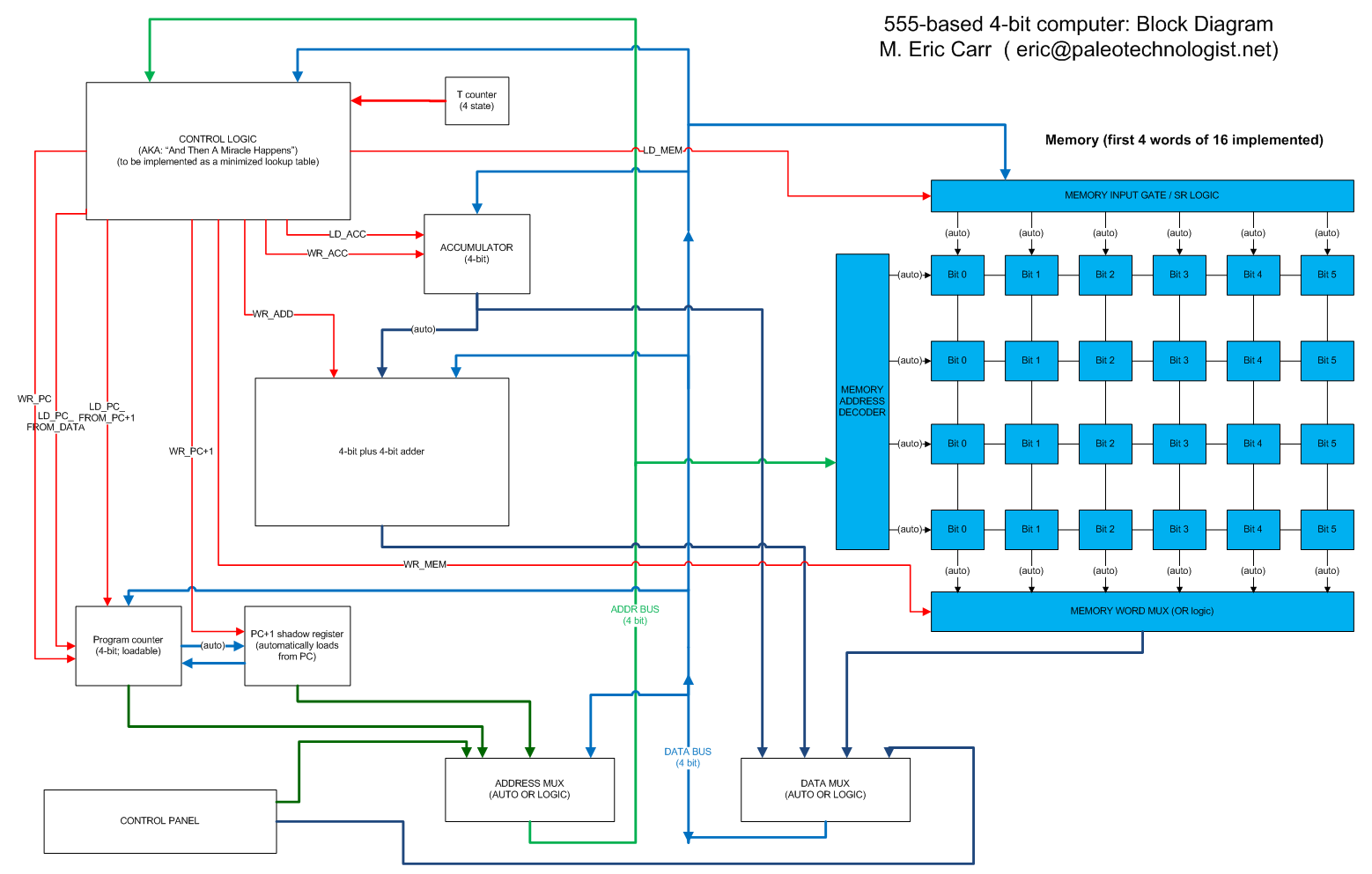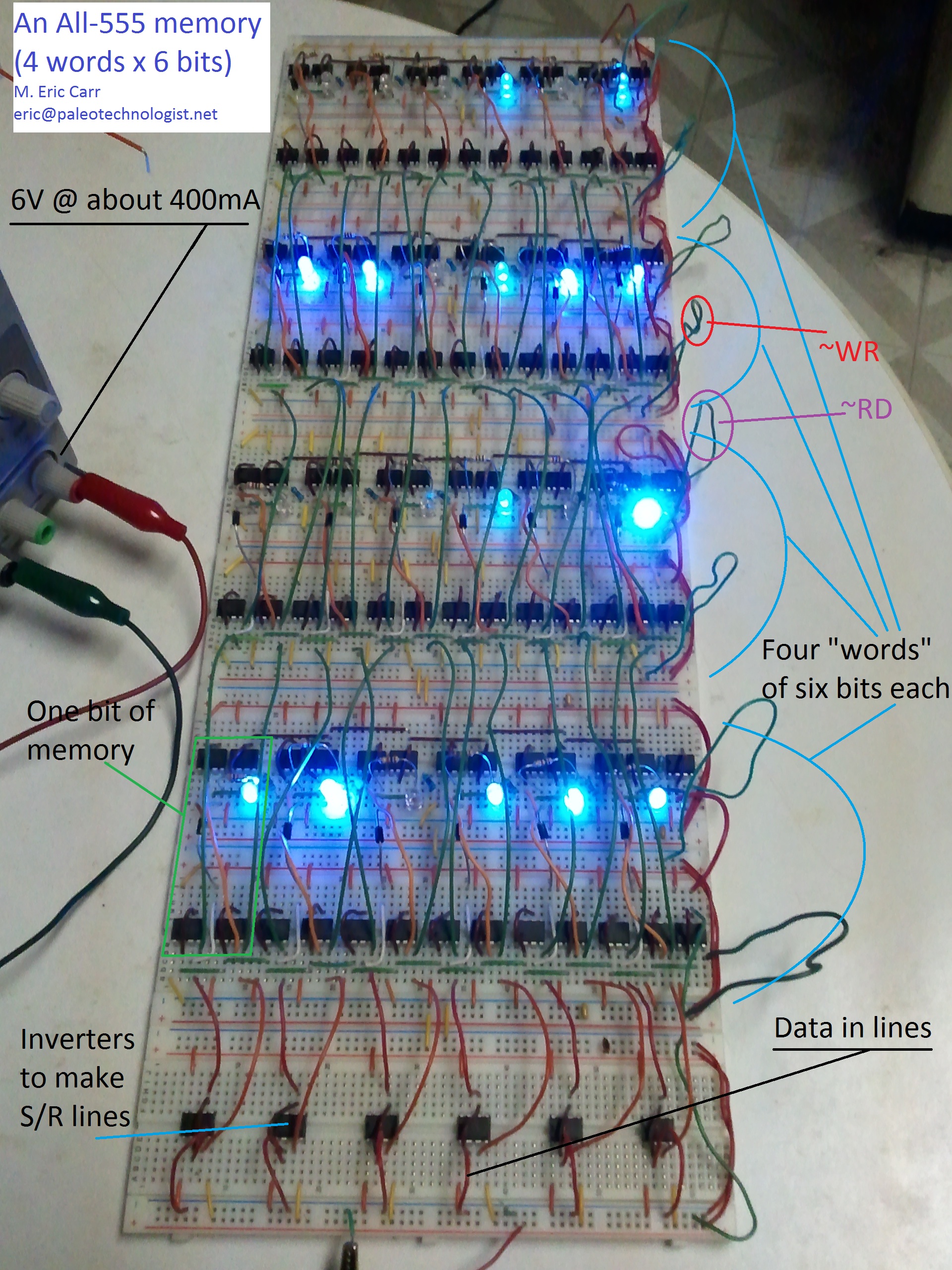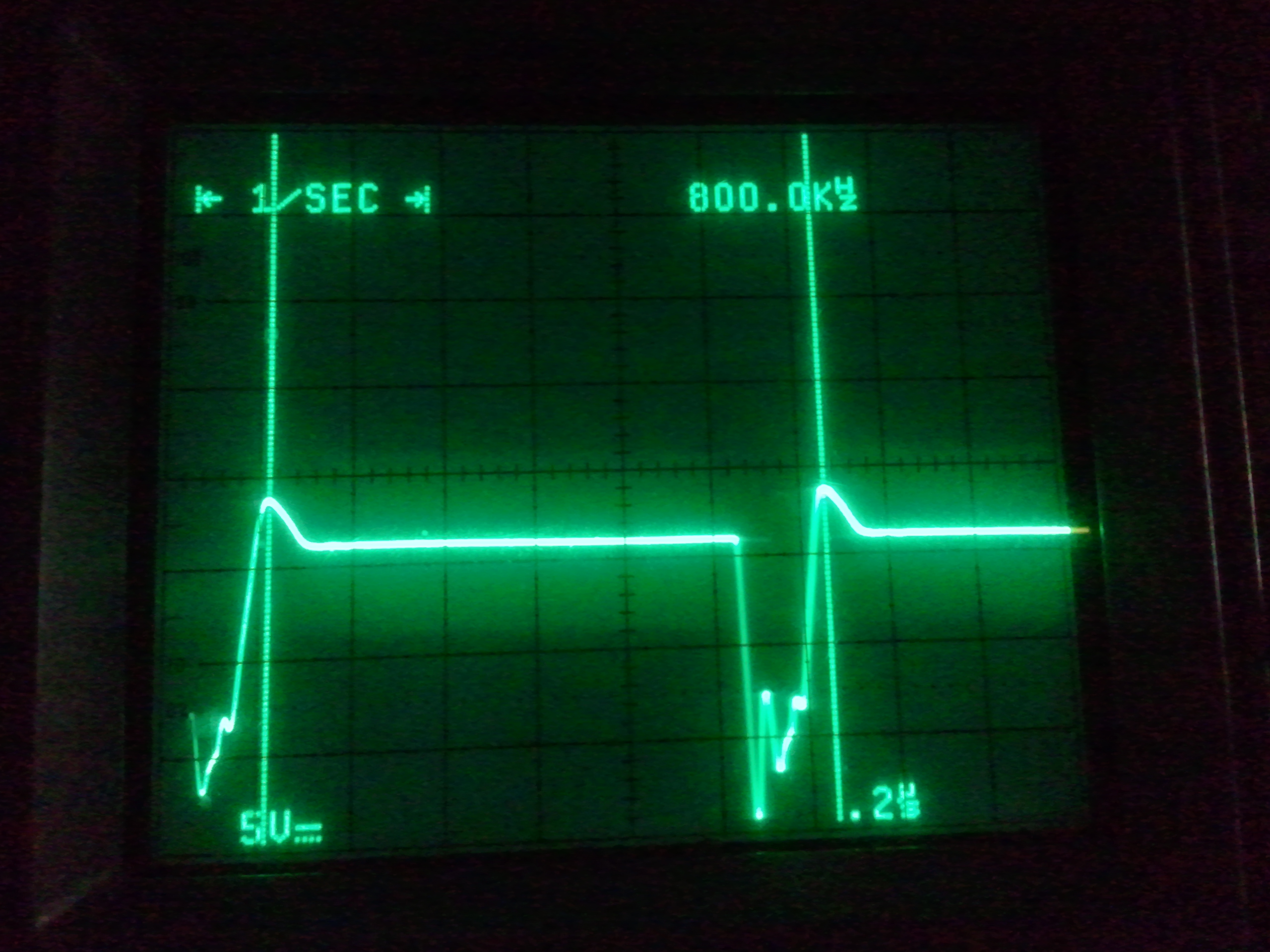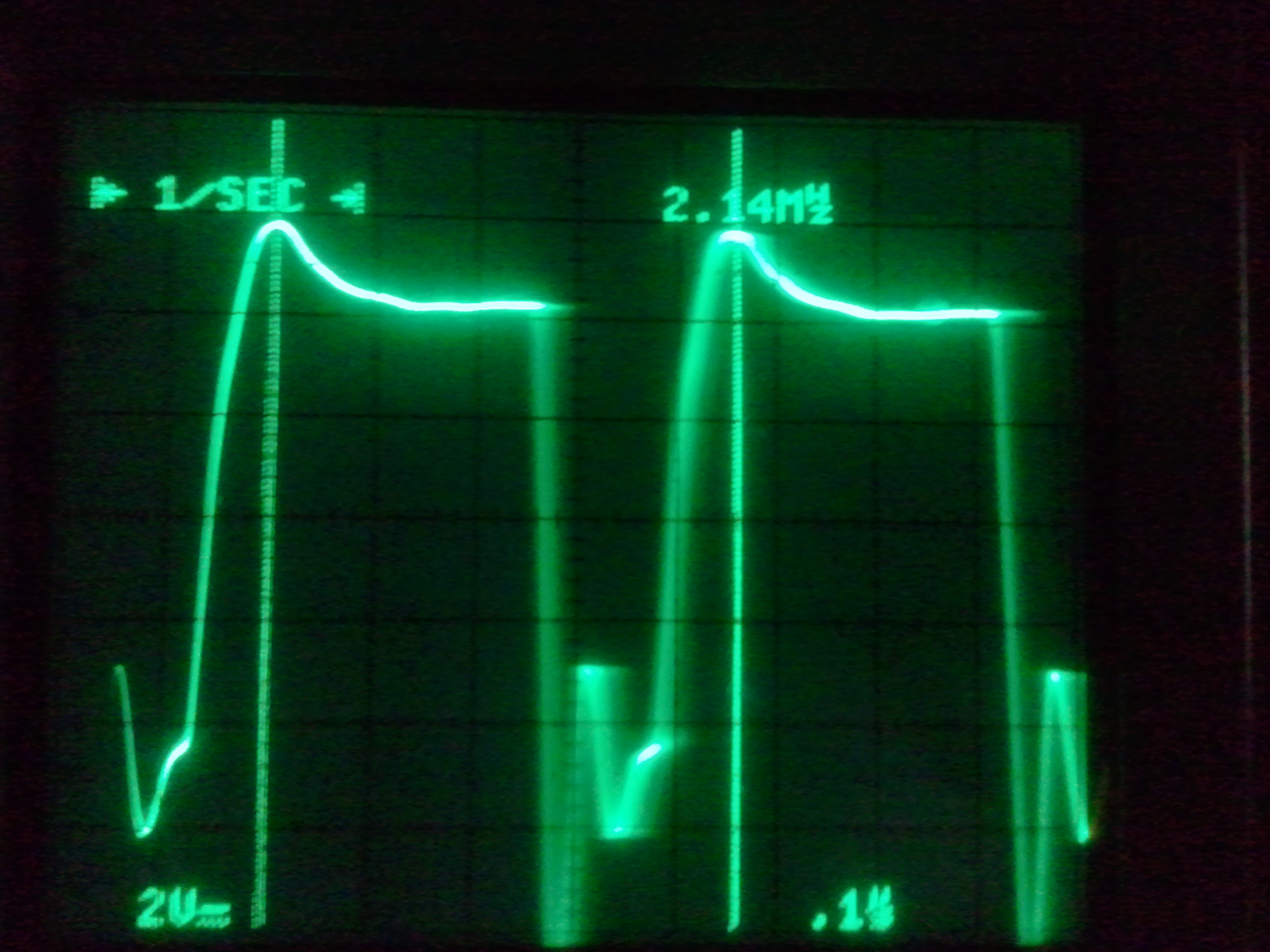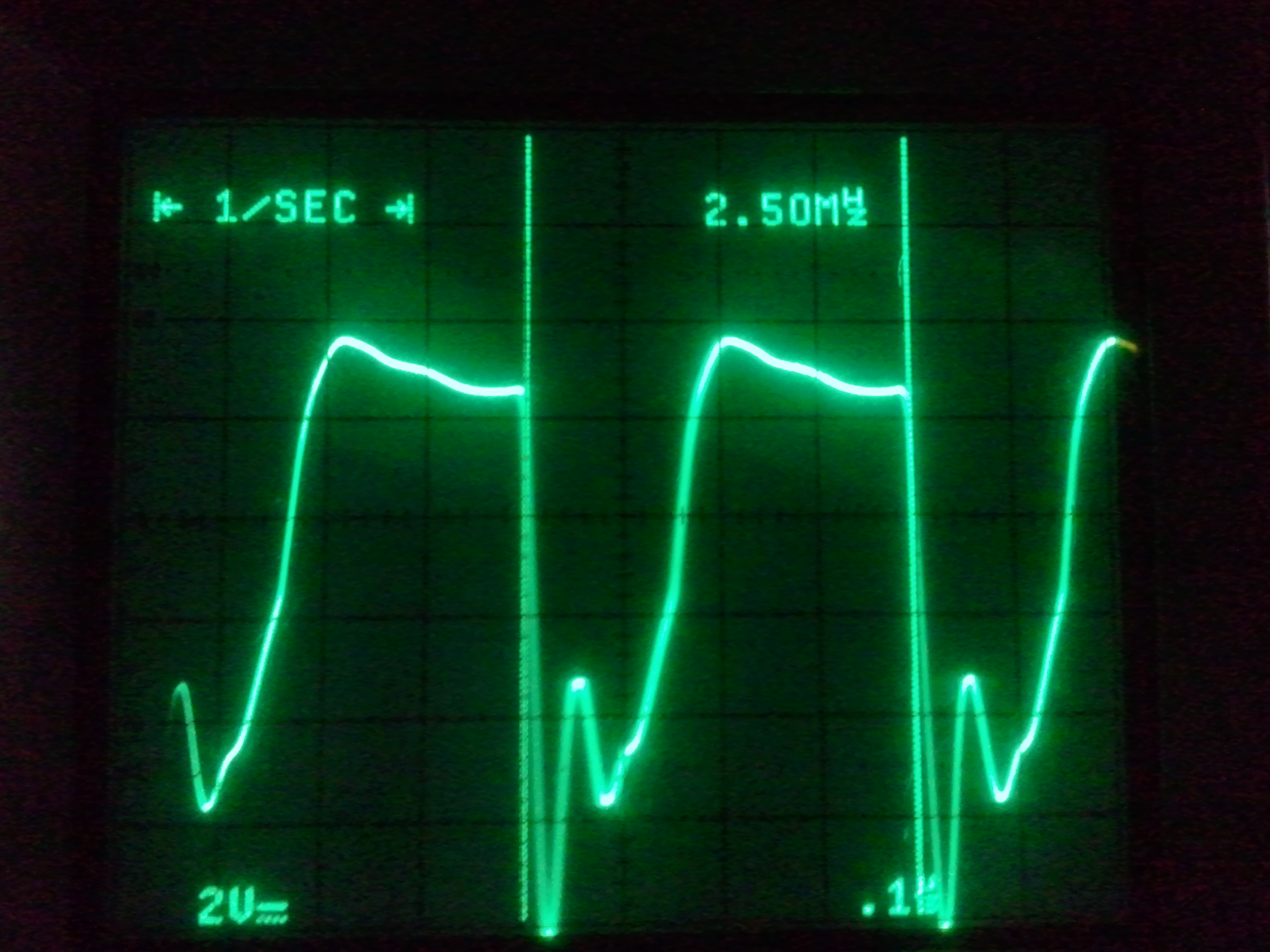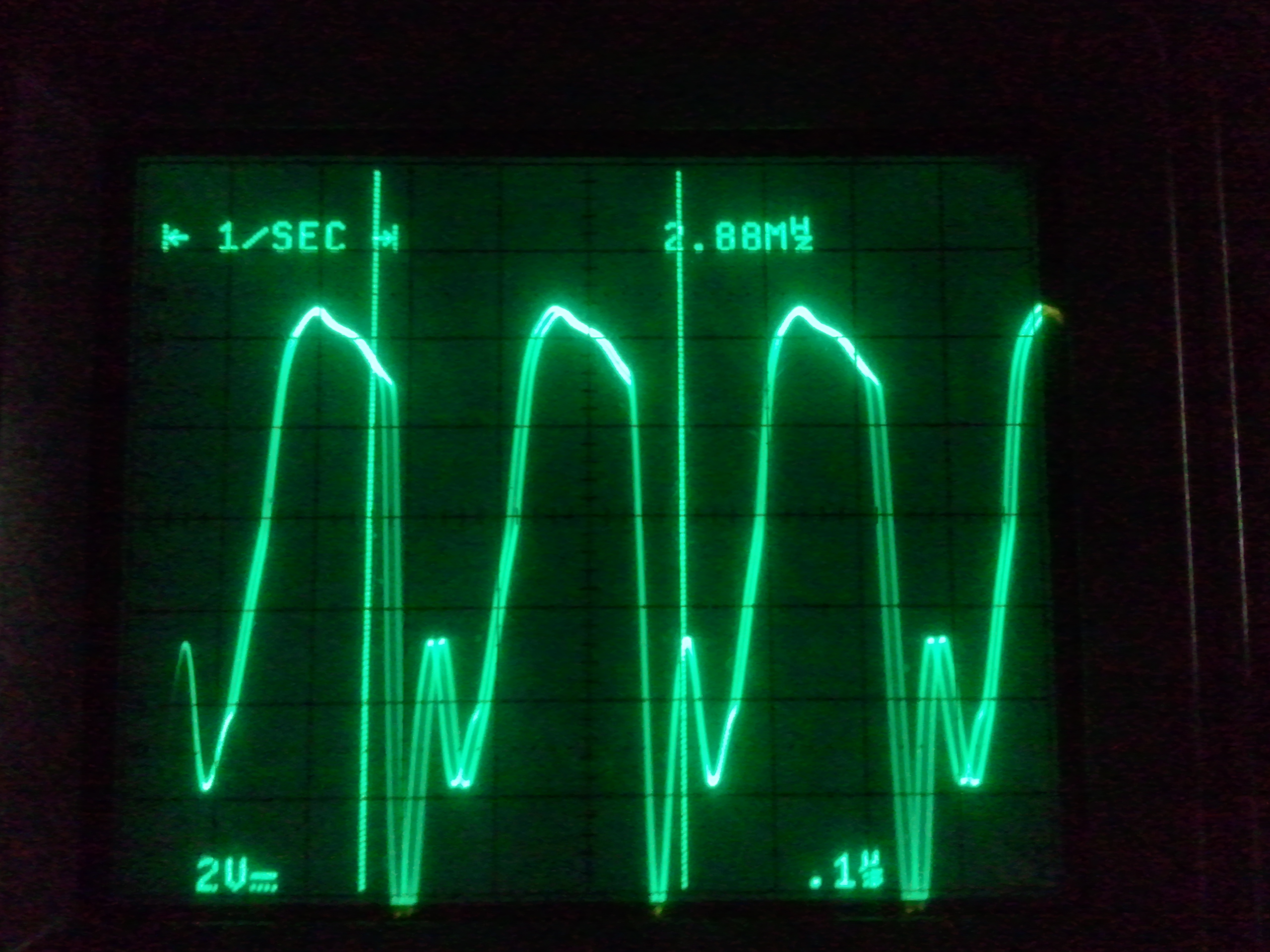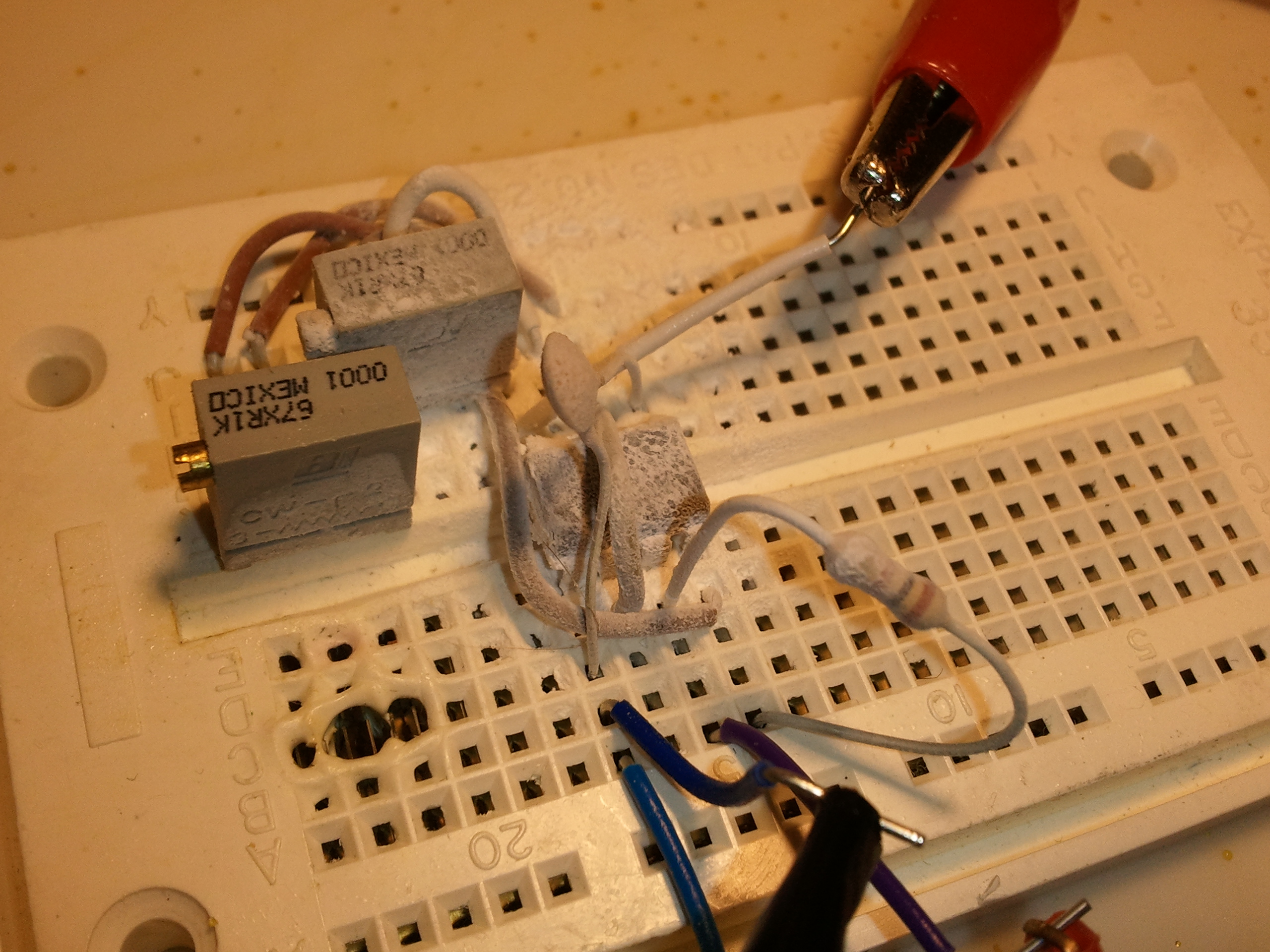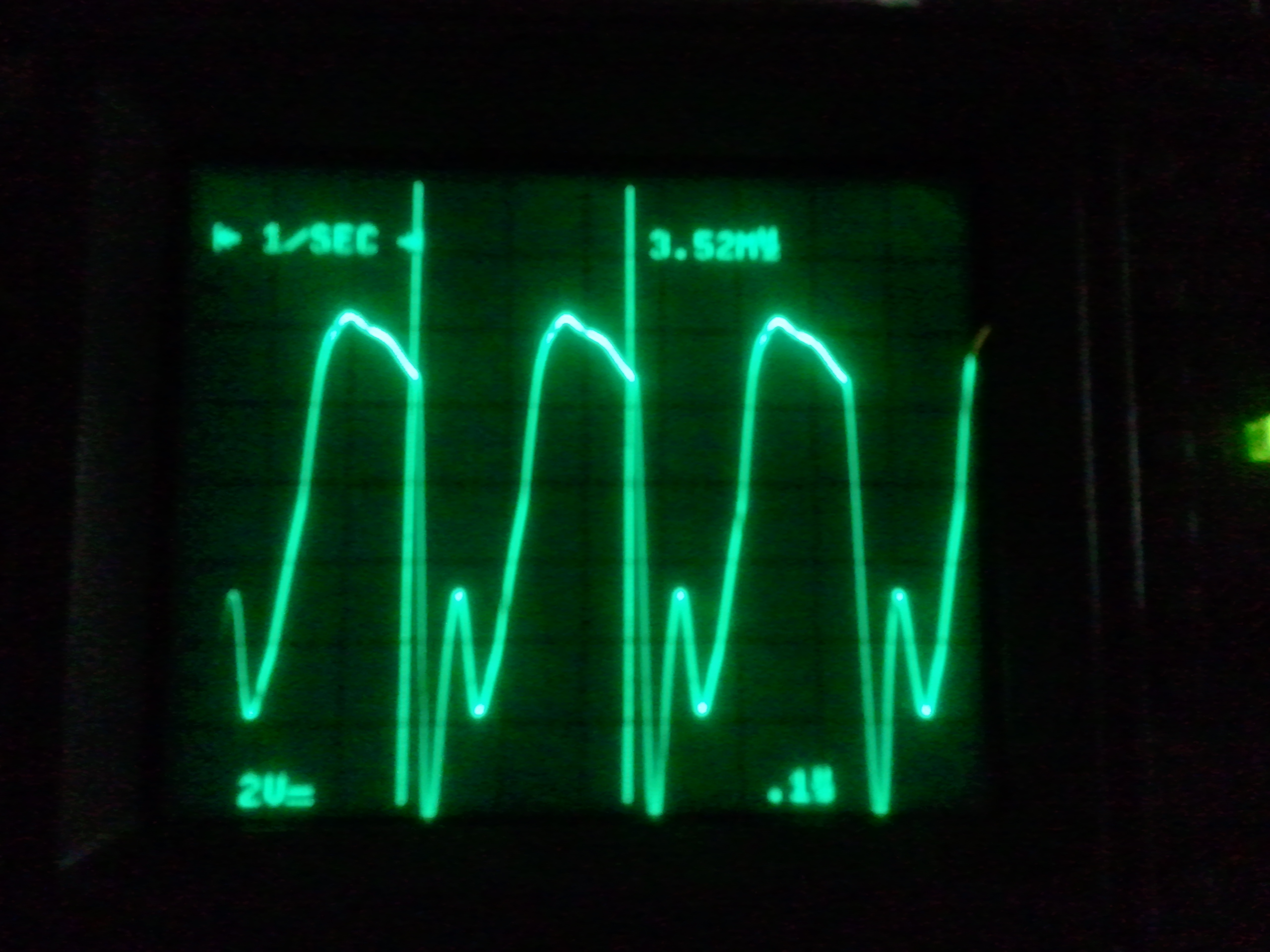Well, more like quick back-of-the-envelope-calculation science. Sometimes, it’s useful to be able to quickly determine if an interesting new idea is plausible or not. Many times, guesses about the available data have to be made, but a quick estimate of the plausibility of an idea is often still possible.
I heard on Citizen Scientists’ League that NASA was “taking high-resolution photographs of the Moon” in order to prove to skeptics that the astronauts had indeed landed there and walked around. This is a noble goal — and the moon is right in our backyard, astronomically speaking — but viewing details that small still must require incredible telescope resolution. Would such a thing be possible? How could we tell if this is easily done, tricky but doable, possible but very difficult, or impossible?
A quick Wikipedia search of the usual suspects turned up the fact that the Hubble actually doesn’t have very good angular resolution, compared to many (much larger) major ground-based telescopes. (That’s because it’s relatively small — about the size of a bus — and so doesn’t have the huge aperture needed for very high resolution.) So, I decided to use the specifications of the optical interferometer at Paranal as a quick test case. Here is an example of how a few minutes’ thought can give an idea of how plausible an idea is…
Could we photograph footprints that the astronauts left on the Moon, from the Earth?
The interferometer at Paranal is said to have “milli-arc-second” resolution
The size of the resolvable object for a telescope depends on its distance.
So, how far away is the moon?
- 384,399km semi-major axis
- ~1738km moon radius
- ~6378km earth radius
- = ~376,283km distance (once the radii are subtracted)
(source: Wikipedia entries on the Moon and the Earth)
Basic trigonometry tells us that tan(angle) = opposite / adjacent.
So, tan(resolution angle) = min_feature_size(m) / distance(m).
tan(1 milli-arcsecond)=min_feature_size(m) / 376,283,000m
min_feature_size(m) = tan(1 milli-arcsecond) * 376,283,000
1 milli-arc-second = 0.001 / 3600 degree = 2.7778 x 10^(-7)
tan(2.7778 x 10^(-7)) ~= 4.848 x 10^(-9)
4.848 x 10^(-9) * 376,283,000m = 1.82427m. (A fairly typical adult human height, for example.)
So, we could probably see the landers, but probably not footprints.
..and that’s if using optical interferometry is possible.
According to the Dawes limit (from Wikipedia; I’m no optics expert),
an 8.2m telescope would itself have a resolving power of about 25.8m on the Moon.
(These calculations also don’t take into account telescope stability, tracking precision, etc. As anyone who has used a telescope knows, the Earth’s rotation makes celestial objects appear to move across the sky when seen from a fixed vantage point on Earth. The fact that the Moon is also orbiting the Earth doesn’t help, either.)
Calculations such as this are fun, and provide a good, intuitive understanding of scientific principles. It’s kind of like Mythbusters on a scrap piece of paper — but unfortunately without any cool explosions. Maybe someday…



